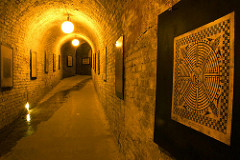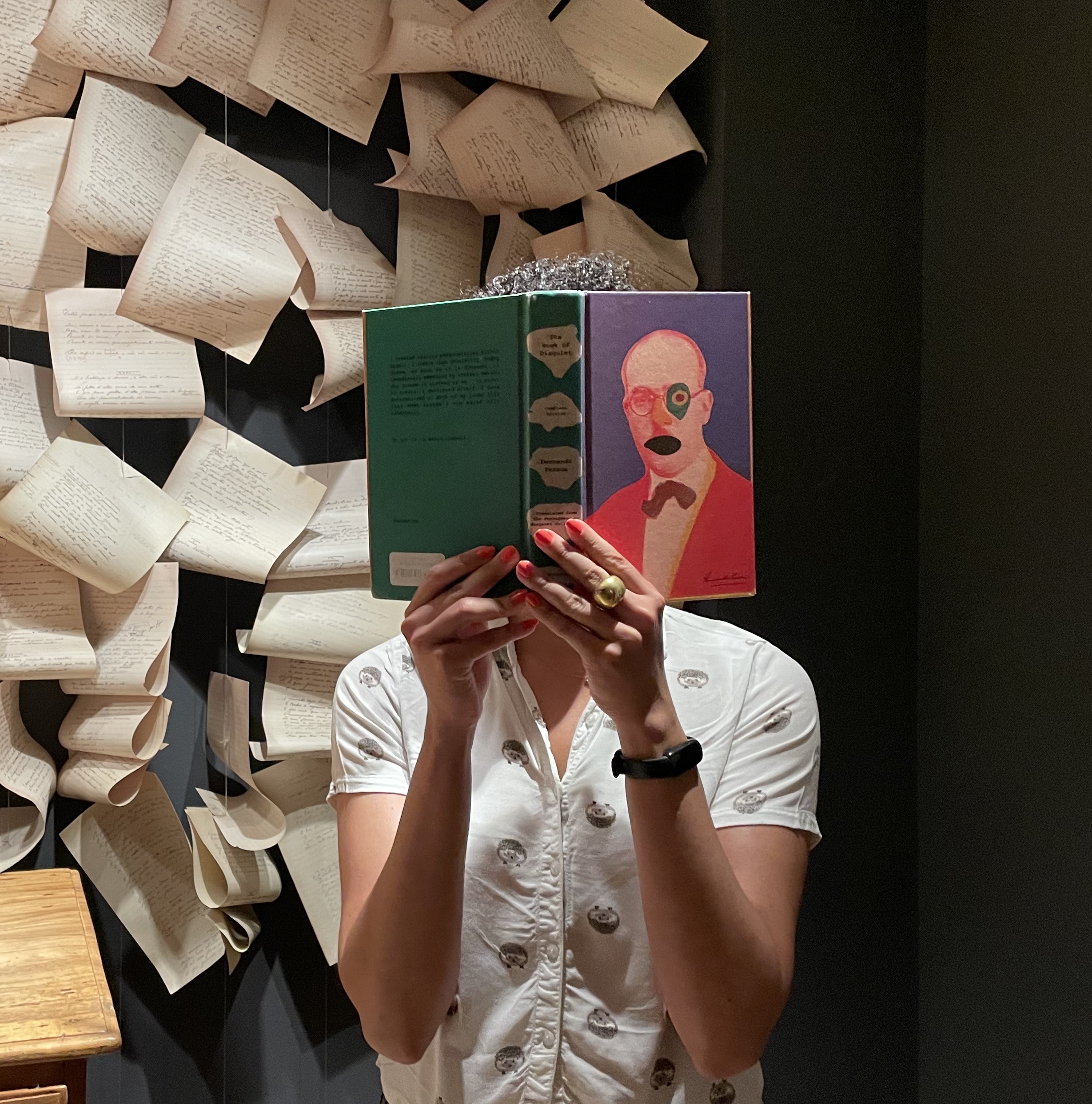The boy in the labyrinth leans into the dark’s sweet kiss. Cave-ins from somewhere in the tunnels send gusts of wind into the boy’s face. The boy imagines a wheel spins in his brain that makes the cavern shake. The rhythm of it turns in the spirals of the boy’s ear. Sound made thicker in the dark. Sound, absolute—and pitch heightened by the boy’s hunger. The fury of his mind honed from the underground, he thinks he hears wind through the pinnate wings of gulls far above the tunnels. Imagines a cart above, heavy with fruit for the afternoon bazaars. His dreams his teeth piercing a plucked grape’s skin. Incisors splitting in half, the soft brown seed. His mind stretches beyond its elastic point. Bends to what the dark gives.
November 1, 2013
Issue 06, Issue 06 Poetry, Poetry
Oliver de la Paz is the author of three collections of poetry, Names Above Houses, Furious Lullaby (SIU Press 2001, 2007), and Requiem for the Orchard (U. of Akron Press 2010), winner of the Akron Prize for poetry chosen by Martìn Espada.




